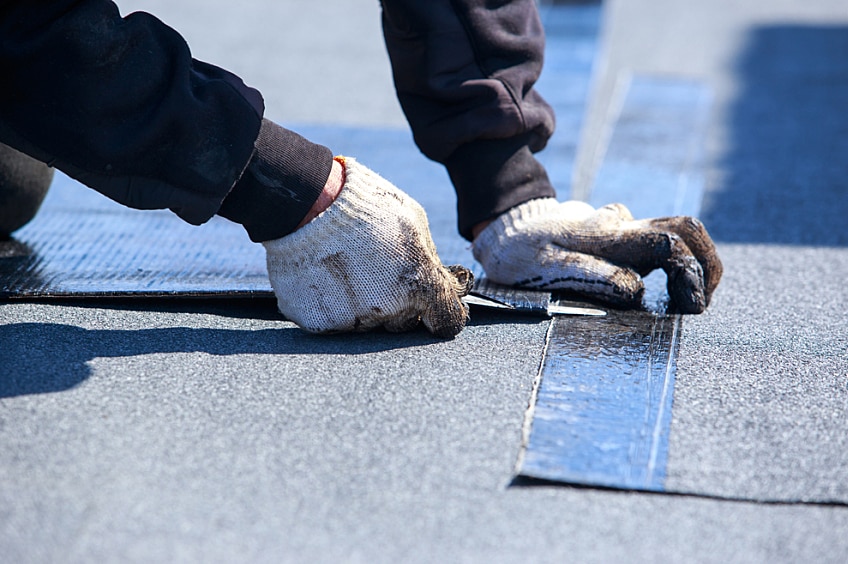Roofing errors happen, but they can be avoided by learning from mistakes, understanding the trouble spots, having some common sense, and utilizing an aesthetic touch in installation. Through years of conducting roofing training and sharing information with roofing inspectors and architects around the country, we have concluded that many roof problems come from relatively few (and consistently repeated!) errors. Courtesy of an acknowledged "Maestro" of the roofing world, Erasmo "Mitos" Fuentes, GAF CARE Team Training Lead, here are 5 of the most glaring errors from our list of common roof installation mistakes — and how to avoid them:
- Installing the wrong roofing materials on a low-slope roof. Although the majority of residential roofs are steep, it is very common to find areas with little or no pitch. If the roof has no slope, a contractor needs to create one. If the roof has a low slope, make sure you use the correct materials designed for this particular type of installation. When shingles are not an option, understand how to use low-slope materials, such as self-adhered SBS or TPO systems.
- Lack of metal drip edge. The lack of installation or incorrect installation of this component can cause serious problems, including premature damage to the deck and fascia from wind-driven rain, general roof aesthetic issues, an opening for animals and/or insects to enter the attic, and more. Make sure you cover the perimeter with a metal drip edge.
- Starter strip problems. The absence or incorrect installation of the starter strip shingles can bring about aesthetic issues at the eaves and rakes, along with the potential for weather infiltration and/or shingle blow-off. It's very important to use the correct starter strip for the shingle being installed — and understand how to properly install it.
- No leak barrier. The installation of self-adhering leak barrier is definitely necessary. It provides extra protection in vulnerable areas that experience large amounts of ice-damming and/or water, or where significant protrusions penetrate the roof deck. The areas of the roof in which we recommend the installation of leak barriers are valleys, vertical walls, and features around accessories — such as vents, eaves, chimneys, and skylights. Please note that this recommendation may also vary depending on the region of the country in which you live.
- Nailing problems. When an installer does not know the amount of fasteners needed per shingle or their placement on the shingle, it can cause catastrophic problems. We find mistakes in the form of exposed nails (AKA "shiners"), as well as underdriven, overdriven, and high nails.
The best way to avoid making these roofing errors is by properly following the installation instructions and updating your knowledge by attending training seminars, lectures, and webinars. You can also reach out to your trusted roofing manufacturer for help when needed, and you can find your local GAF Territory Manager for assistance here.

